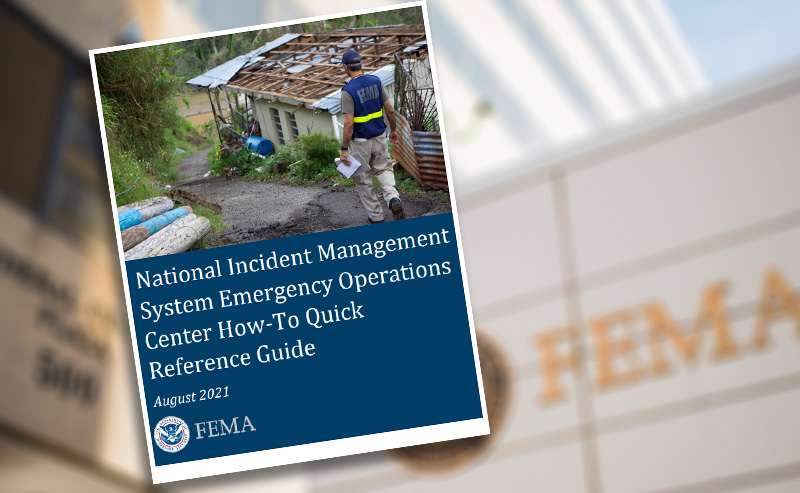Conducting day-to-day operations is one thing; working through a business disruption, short- or long-term, is entirely another. Depending on the situation, your organization may be forced to activate a primary (or even secondary) Emergency Operations Center, or EOC, to support essential activities. And most likely in a short period of time and with limited resources.
As challenging as this sounds, it is certainly possible to do so with proper planning and coordination.
To help you along, FEMA recently released two Emergency Operations Center Toolkit documents. The toolkit is a collection of guidance and best practices for emergency management, specifically the emergency operations center community. And of course, its contents align with the National Incident Management System (NIMS), which was developed by the U.S. Department of Homeland Security in 2004.
Download the new EOC Toolkit documents by clicking the links below.
Doing so will provide your organization (public or private) with greater insight into hazard vulnerability assessments, physical site selection, mitigation, considerations, EOC capabilities and requirements, information management systems, and training and exercises. Such information could prove invaluable in the event of a real-life business disruption and subsequently, an EOC activation, in the future.






